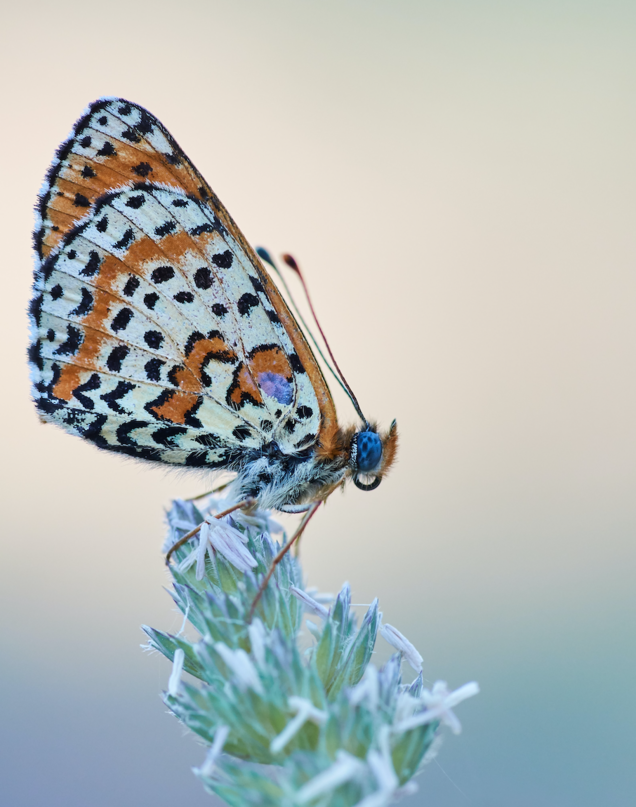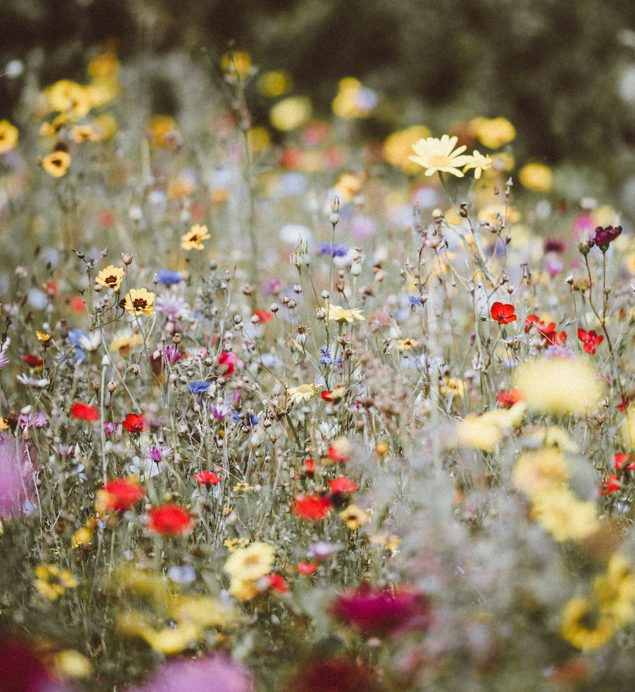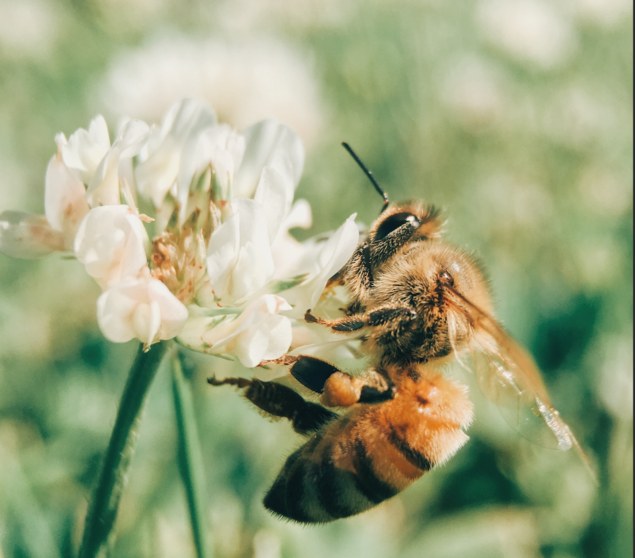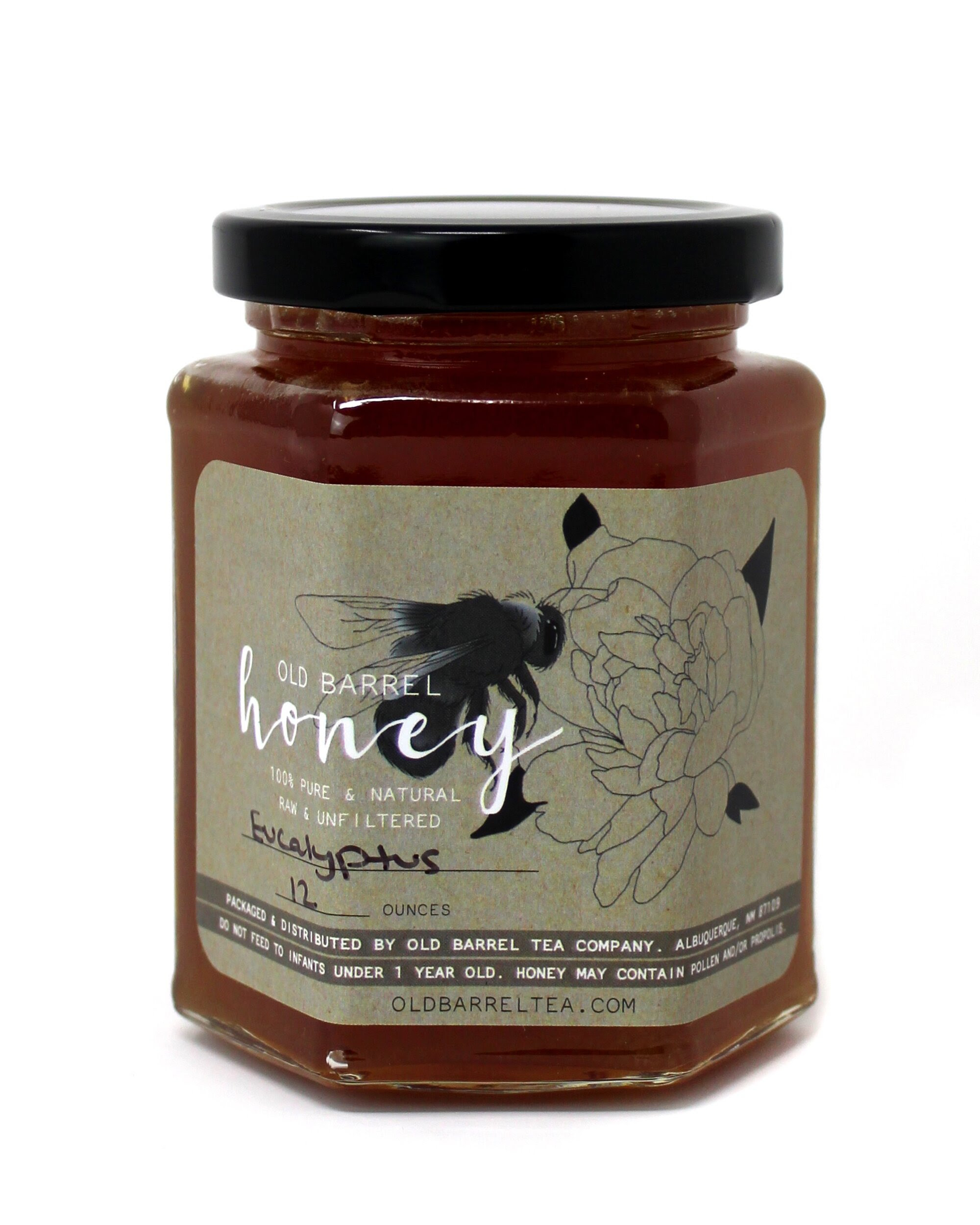
🦋 SUPPORT POLLINATORS
Share
🦋 Support Your Local Pollinators 🦋
they have one of the most important jobs on earth
Pollination is an essential ecological survival function and without pollinators, the human race and all of earth’s ecosystems would not survive. Of the 1,400 crop plants grown around the world that produce all of our food and plant-based industrial products, almost 80% require pollination by animals. Thanks to these pollinators we have the privilege of enjoying things like fruit, vegetables, coffee and chocolate!
Bees aren't the only ones that pollinate either! Butterflies, birds, beetles, bats, wasps and even flies are important in the pollination process. Sadly, there is an alarming decline in pollinator populations due to exposure to pesticides and other chemicals, loss of habitat, loss of species and genetic diversity, and the changing climate.
How To Build A Bee Habitat At Home
There are several different kinds of bees, and which kind you prefer to attract will determine which habitats you choose to build. Unless you want to gather a swarm of honeybees and maintain a hive, you will want to build habitats for solitary bees. These shy little pollinators tend to get less media buzz than their more social relatives in hives, but they’re just as important for the ecosystem.
Step 1: Create A Space That Supports Life
Creating a bee habitat requires everything that sustains life; including food, water, shelter and safety. Start by cutting out pesticides and planting native plants in your space. Choose several colors of flowers and plant them in clumps in sunny spots, ideally somewhere where there is shelter from strong winds. Keep multiple fresh water sources around, as the pollinators will need a drink after working so hard!
Step 2: Commit To Maintaining Your Bee House
The most prevalent problem with bee houses is that when they’re not cared for properly, they can become breeding grounds for pests, mold, fungus, and disease. Pollen mites are one of the biggest threats to bee houses located in humid environments or built of materials like bamboo that don’t dry easily. If there’s no way for moisture to dissipate from the nest, then the mites take over. When they hatch, these mites eat the pollen that bees leave for their young to feed on. Then, the mites latch on to the bees, hoping to get a ride to the nearest flower. So be prepared to put the time and effort into properly caring for the house and the bees that live there.
Step 3: Build Your Bee House:
Find or make a wooden box open on one side, ideally with a sloped roof to deflect rain. For the structure of the house you can use any timber that you have, so long as it has not been recently treated with any chemicals. If you don't have any timber around that you can recycle, home improvement stores often have affordable leftover wood. Avoid using a structure with no back, as it will just function as an open ended wind tunnel. Avoid using glass or plastic, as condensation will promote fungus and mold. Drill tunnels into blocks of untreated building timber. Sand the entrance to each hole because splinters will cause damage to the bee's wings! Firmly position the house in full sun and secure it so it does not fall down or sway. Customize with pinecones or even wooden straws.
🐝 shop bee-approved products below: 🐝







